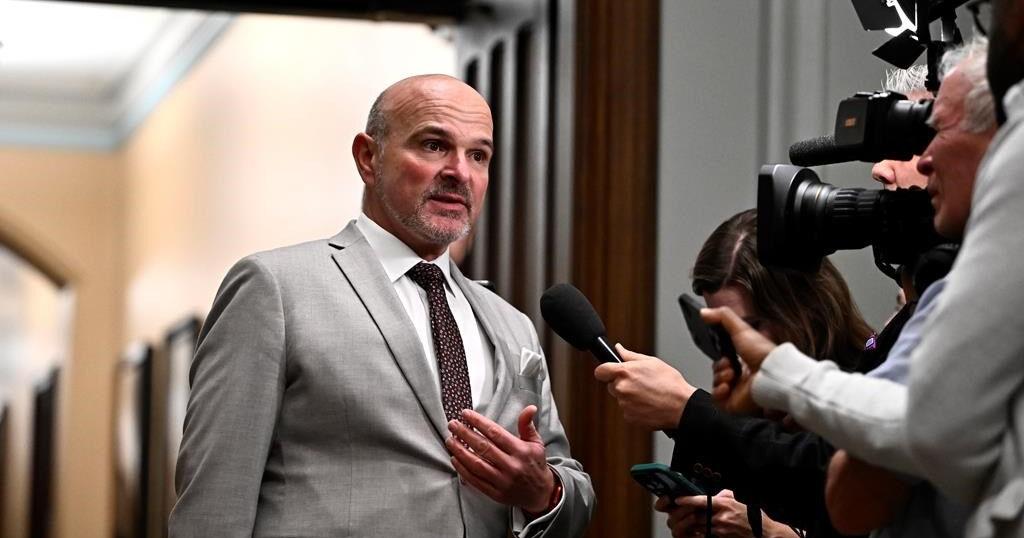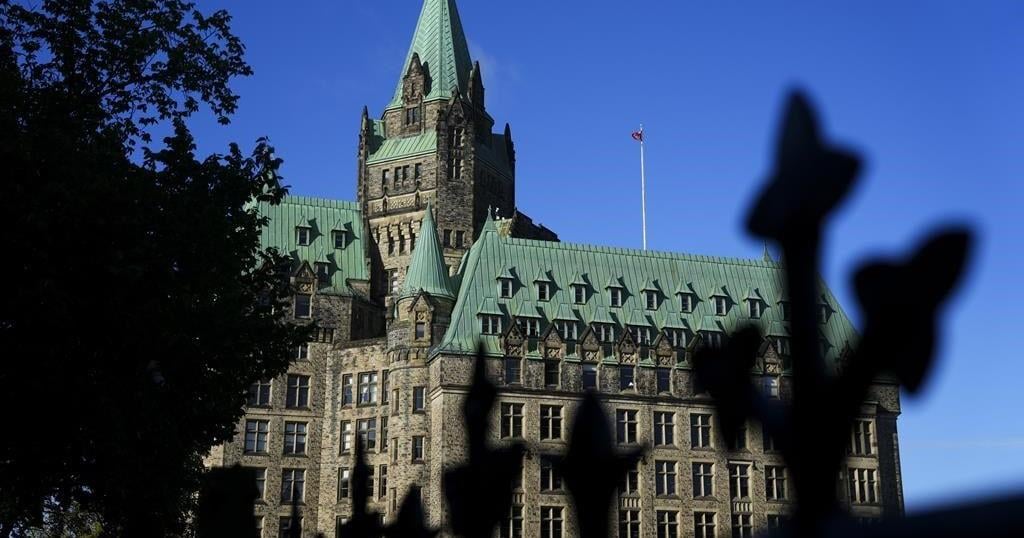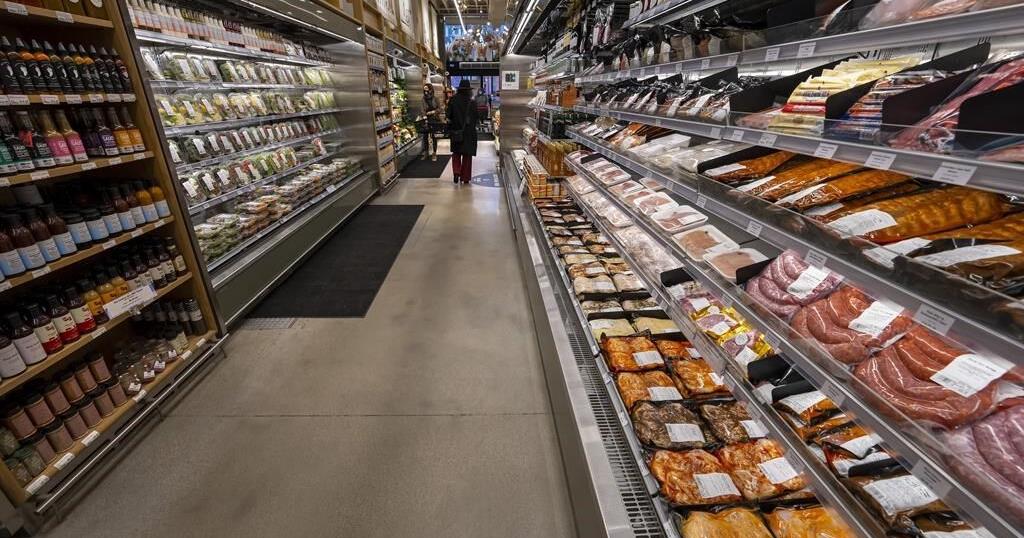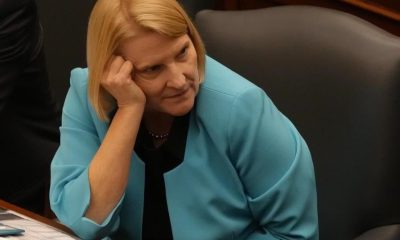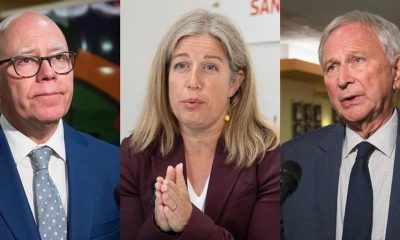Known as the element that powers our smartphones, laptops, and, increasingly, our cars, lithium is in incredibly high demand.
While the market transitions to a low-carbon future, lithium-ion batteries are becoming more and more essential, with electric vehicles being one of the biggest drivers of demand. Luckily, South America looks to have us covered. In fact, South America holds around 75% of the world’s known reserves, with Argentina, Chile and Bolivia representing the so-called ‘lithium triangle’ of producers.
According to the United States Geological Survey (USGS), as of 2021, Chile has the largest lithium reserves in the world, followed by Argentina and Bolivia.
The importance of South America in this is race is gaining momentum, so much so that governments around the world are moving to secure their supplies from the Lithium Triangle and other parts of South America for the future, knowing that China is seemingly way ahead of the rest of the pack, including these recent developments:
· Germany’s Chancellor Olaf Scholz visited South America, calling for a ‘New Approach to the Lithium Rush’
· Bolivia tapped Chinese battery giant CATL to help develop its lithium
· Argentina, Chile and Bolivia are in talks to unite in battery metal industry
· South Korea’s POSCO invested $4 billion into the Lithium Triangle
Chile has an estimated 8.6 million metric tons of lithium reserves, mostly located in the Salar de Atacama. The Salar de Atacama is home to some of the world’s largest lithium brine operations.
Argentina is one of the world’s major players in the lithium industry, and for good reason. It has an estimated 6.4 million metric tons of lithium reserves, primarily located in the Salinas Grandes and Hombre Muerto salt flats in the northwest of the country. The lithium brines found in the country are some of the highest grade in the world, with concentrations of lithium reaching up to 3,200 parts per million (ppm). In comparison, the average concentration of lithium in seawater is around 0.1 ppm.
Read:
This high concentration of lithium in Argentina’s brines makes them particularly attractive to mining companies, as it means that the extraction process can be more efficient and cost-effective. It also means that the environmental impact of mining can be minimized, as less water is needed to extract the same amount of lithium as in other regions.
The Salar de Olaroz, located in the northwestern province of Jujuy, is one of the largest and highest-grade lithium brine deposits in the world. It is estimated to contain around 6.4 million tonnes of lithium carbonate equivalent, which is around 9% of the world’s total known lithium resources.
Other major lithium deposits in Argentina include the Salar del Hombre Muerto and the Salar de Cauchari. Both of these deposits are also known for their high-grade lithium brines, and are being developed by major mining companies.
Bolivia has an estimated 5.4 million metric tons of lithium reserves, located primarily in the Salar de Uyuni. However, lithium mining in Bolivia has been slower to develop than in Chile and Argentina, and the country faces significant political and social challenges.
Brazil, which is not part of the Lithium Triangle, also has significant lithium resources. As of 2021, Brazil was the world’s seventh-largest producer of lithium, with an estimated 86,000 metric tons of reserves. The main lithium deposits in Brazil are located in the states of Minas Gerais and Ceará, with significant exploration activity taking place in other regions of the country as well. The Brazilian government has made lithium a priority mineral for development, with plans to develop a domestic lithium-ion battery industry, and a new mine is on schedule to produce in April 2023.
Overall, the Lithium Triangle and Brazil are important players in the global lithium market. With the growing demand for EVs and other clean energy technologies, the world will increasingly rely on these regions for their lithium resources.
The economic implications of South America’s growing lithium industry are far-reaching. One of the most immediate impacts is the creation of new jobs in the region. According to the World Bank, the lithium industry in South America is expected to create thousands of new jobs, particularly in Bolivia and Argentina, where the industry is still in its infancy. These jobs span a variety of skill levels, from mining and exploration to engineering and research and development, and have the potential to provide a significant boost to local economies.
The potential economic benefits of South America’s growing lithium industry are significant. The lithium industry is expected to continue to grow in the coming years, driven by the increasing demand for lithium-ion batteries used in EVs and other technologies. As this industry grows, it has the potential to create new jobs, drive economic growth, and provide much-needed revenue for local governments.
Furthermore, the growing lithium industry has the potential to play a crucial role in the global transition to clean energy. The widespread adoption of EVs and renewable energy technologies will require a significant increase in the production of lithium-ion batteries, and the lithium reserves in South America are a key resource in meeting this demand.

Source link
Related



